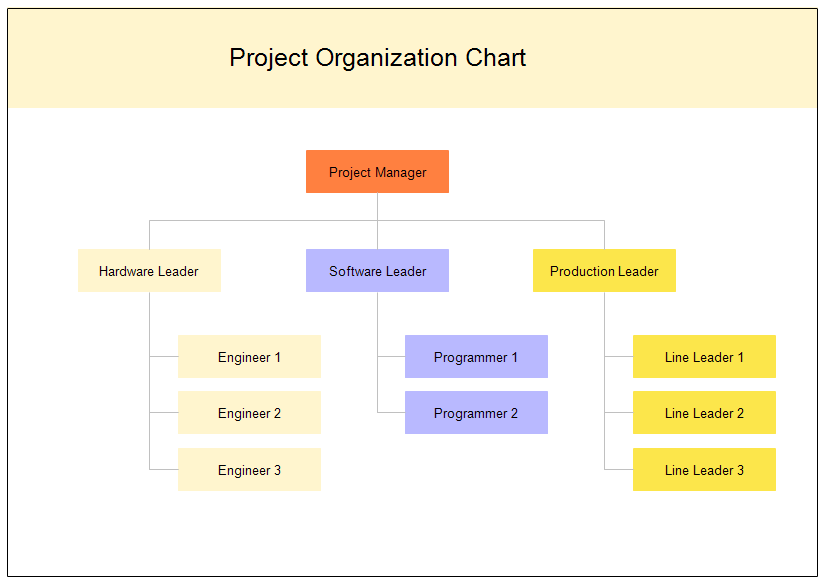Project Management Structure
 |
| Figure 1 Typical Project Organisation Chart |
An
organisation with an excellent CEO, super hard-working employees, with all the
same common goals can still fail if the company has a poor organisational
structure. Success, while based on organisation, it is generally the structure
that has an influence on project management. This can dictate the level of project
management, how decisions are made within the project process, communication of
project goals and overall how the leadership or project manager integrates with
the project team. The primary goal or objective of this structure is to reduce
confusion and any uncertainty that may arise at the initial phase of a project.
This structure defines the relationships within the company. Applying this
structure and implementing the correct organisation structure is the difficult
part of the process and key to having successful projects. Wrongly placed
project teams create negative effect on the conclusion of projects.
Functional
structure is very similar to a hierarchy type of system where a functional
manager has a lot more authority driven decisions on their shoulders whereby
the project manager in this type of structure has less decisions or may not
even exist. This type of structure would suit both a book publisher or consultancy
firm as they would require divisions such as human resources, finance, legal
department, sales etc.
Dedicated
teams type of organisational structure is whereby let’s say employee A is a
member of team 1, he or she is full-time member of team 1. They’re not assigned
to different project simultaneously. This would be a super example for let’s
say an advertising agency whereby a dedicated team are assigned to one project
and until that project is completed they only work on that project in an ideal
world. An advertising agency would also suit the next example of a matrix
structure, especially if this agency is a multinational.
Matrix
structure is probably the most complicated out of the 3 discussed so far.
Unlike the traditional hierarchy type of structure, the matrix or grid type of
setup include for employees to have numerous reporting relationships generally
to several different managers such as product or functional. This type of
structure allows specific individuals to be handpicked for specific needs of a
project, allows a project team to be more dynamic and view issues from outside the
box.
